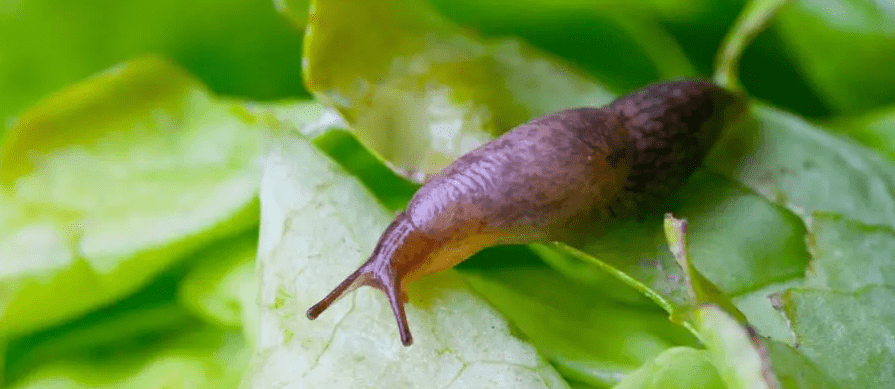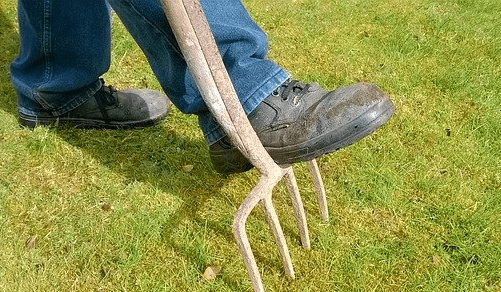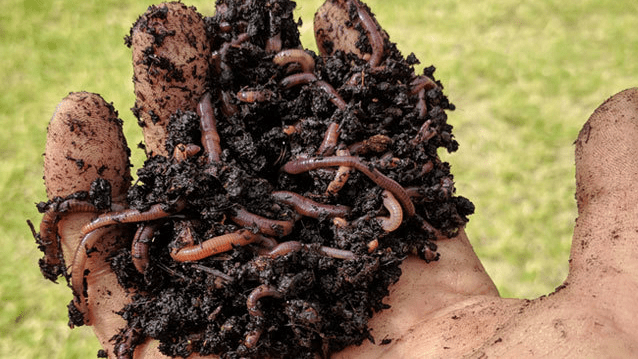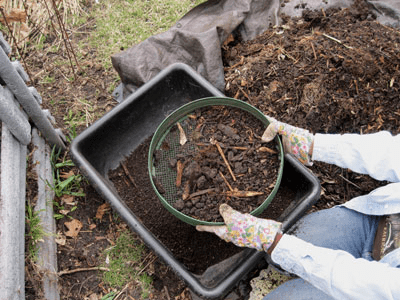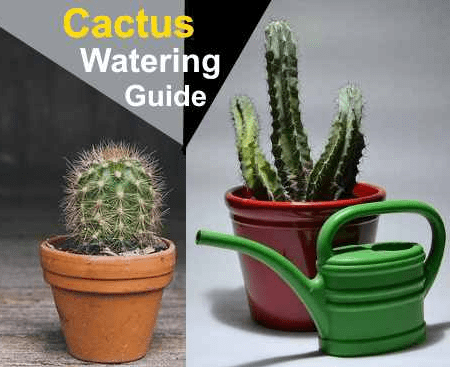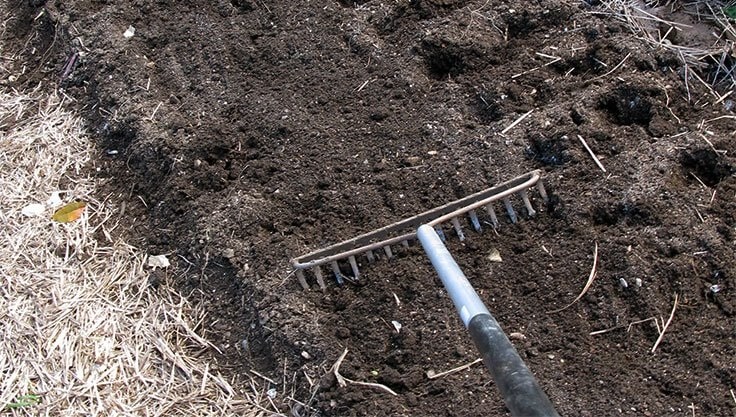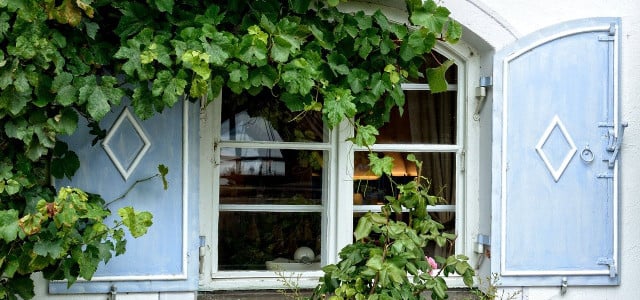
Evergreen climbers for the garden wanted? You’ve come to the right place! We present three beautiful specimens with which you can decorate your home garden.
Evergreen climbers provide year-round color in your garden and are comparatively robust and undemanding. Once they are well established, you don’t even need to protect them from winter (in most cases). They also tolerate pruning very well.
Also: evergreen climbers are of great importance to birds and insects. They proliferate over large areas and provide shelter and habitat for numerous animals, especially in winter.
Below we show you three climbing plants that keep their leaves all year round.
Contents
Ivy: The classic evergreen climbing plants
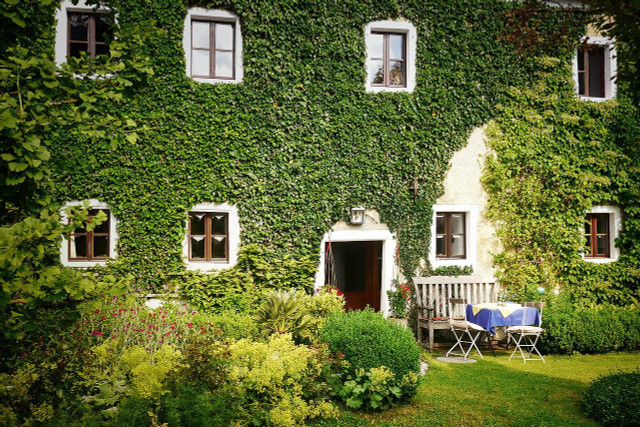
When it comes to evergreen climbers, ivy can not be missed. The old familiar plant with the Latin name Hedera is extremely robust and has practically no requirements. Ivy is weather resistant and usually defies even very low temperatures.
Ivy likes calcareous soil and will be happy to have a shady spot in your garden. When it thrives optimally, it bears dense, dark green foliage all year round.
Tip: Plant ivy on fences, facades or railings, for example. The climbing plant is not only excellent as a privacy screen, but also for detergent production.
Evergreen climbing plant woodland vine: a dream for insects
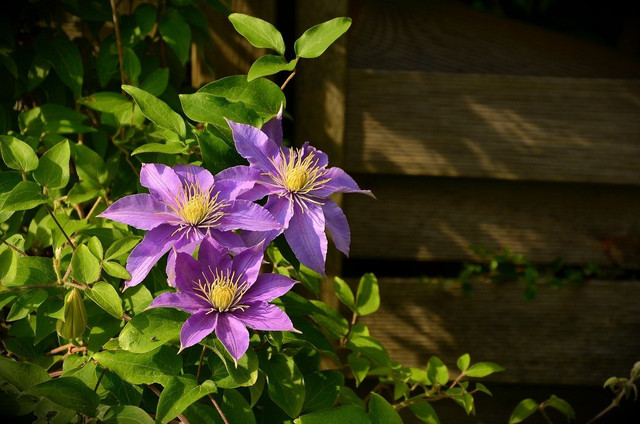
If you’re looking for an evergreen climber with great flowers, the woodland vine (lat. Clematis) is a great choice. The woody plant captivates from late winter into spring with pink, white or purple flowers. It retains its thick-fleshed, elongated leaves throughout the year.
Unlike ivy, clematis only climbs up to three feet tall. It is therefore particularly suitable for planting along fences.
Tip: The clematis also likes it in the shade. However, its flowers are happy in the sun. In winter, you should protect the climbing plant from frost with fir branches.
The large, unfilled flowers of the clematis attract many insects. They serve as an important food source for bees, bumblebees and butterflies. Also read:
- Bee-friendly perennials: the most beautiful plants for your garden.
- Butterfly garden: Creating an insect-friendly garden
- Bumblebee nest in the garden: Why you can’t just remove it
Honeysuckle: Colorful flowering evergreen climber
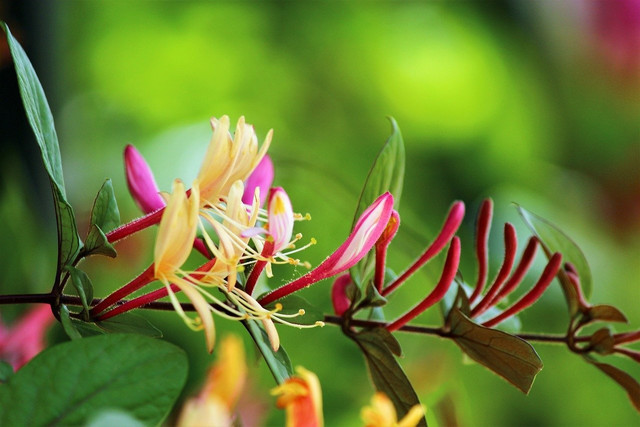
Honeysuckle is also a popular evergreen climber. It bears shiny, dark green leaves and thrives lushly and briskly: the plant climbs up to one meter per year if it feels comfortable. It likes it best in fresh, calcareous soil.
In summer, the honeysuckle forms red-yellow flowers with strikingly shaped calyxes. You can help the plant grow with a climbing aid, such as a wooden trellis.
Evergreen climbing plant Clematis vine: a dream for insects

If you’re looking for an evergreen climber with great flowers, the woodland vine (lat. Clematis) is a great choice. This woody plant captivates from late winter through spring with pink, white or purple flowers. It retains its thick-fleshed, elongated leaves throughout the year.
Unlike ivy, clematis only climbs up to three feet tall. It is therefore particularly suitable for planting along fences.
Tip: The clematis also likes it in the shade. However, its flowers are happy in the sun. In winter, you should protect the climbing plant from frost with fir branches.
The large, unfilled flowers of the clematis attract many insects. They serve as an important food source for bees, bumblebees and butterflies.


